Our proposal combines polyculture and loop geometry in order to optimize agricultural production while simultaneously regenerating the derelict landscape that is Torre Baró. Located in the northern part of Barcelona, the site is mostly a dead zone, with limited pedestrian traffic or other activity, infertile soils, and a patchwork of unproductive plant species.
Polyculture is a type of agriculture in which multiple crops are grown in the same space. For example, intercropping results in better use of land by growing together different crops that don’t compete for available resources, while companion planting takes advantage of the symbiotic relationships formed between various plant species in order to enhance growth and provide protection from the environment or from pests. Polyculture offers increased biodiversity, resilience, and efficient use of resources. It also requires much planning and research, both quantitative and qualitative, in order to effectively design a successful growth system.
Loop geometry is characterized by its bending and continuity properties. When multiplied in series throughout an area, the loops offer a system of organizing groups of companion plants according to their required environmental conditions. Winding the loops back and forth across a slope creates a terracing effect that controls natural water flow, thereby reducing soil erosion and securing the terrain. The soils within each individual loop pocket can be easily tailored to suit the crops that grow there. In addition, a gravity-fed irrigation system that follows the loop structures ensures that all of the plants receive adequate hydration year-round. Smaller loops nested within larger loops offer additional control and organization, much like with folders and sub-folders. Ultimately, the flexibility and dynamism of this system allows it to be applied to any landscape and to be easily configured to its changing environment.

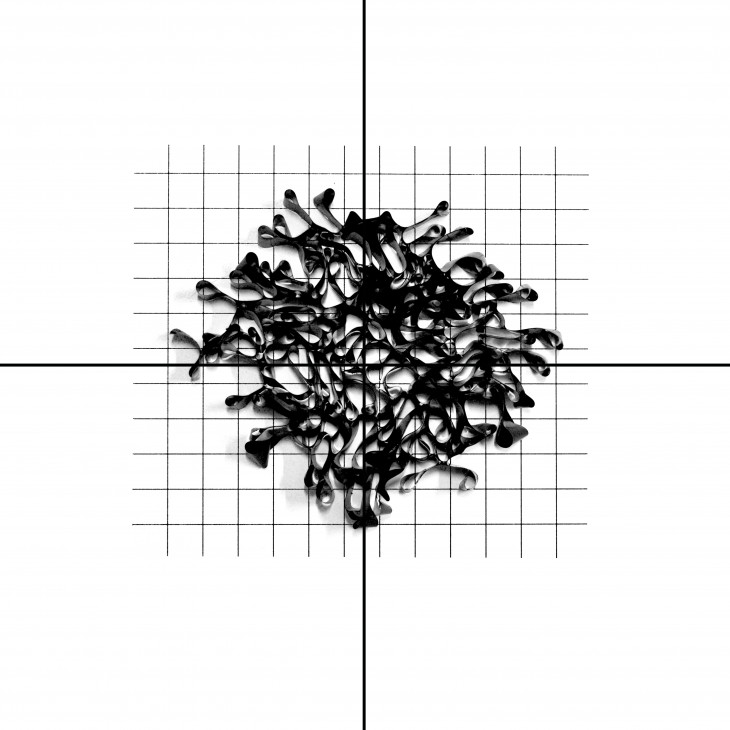
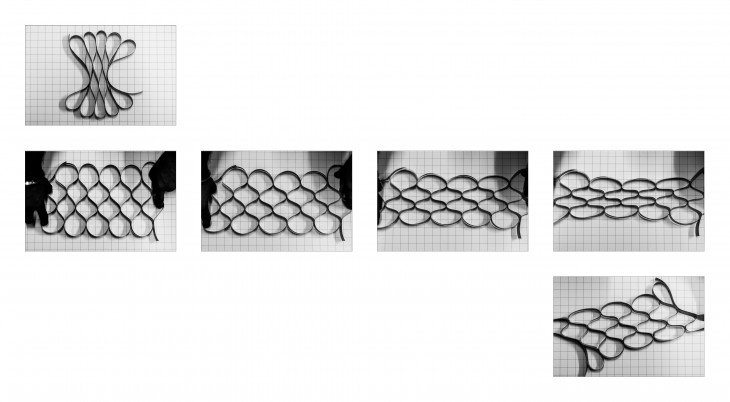


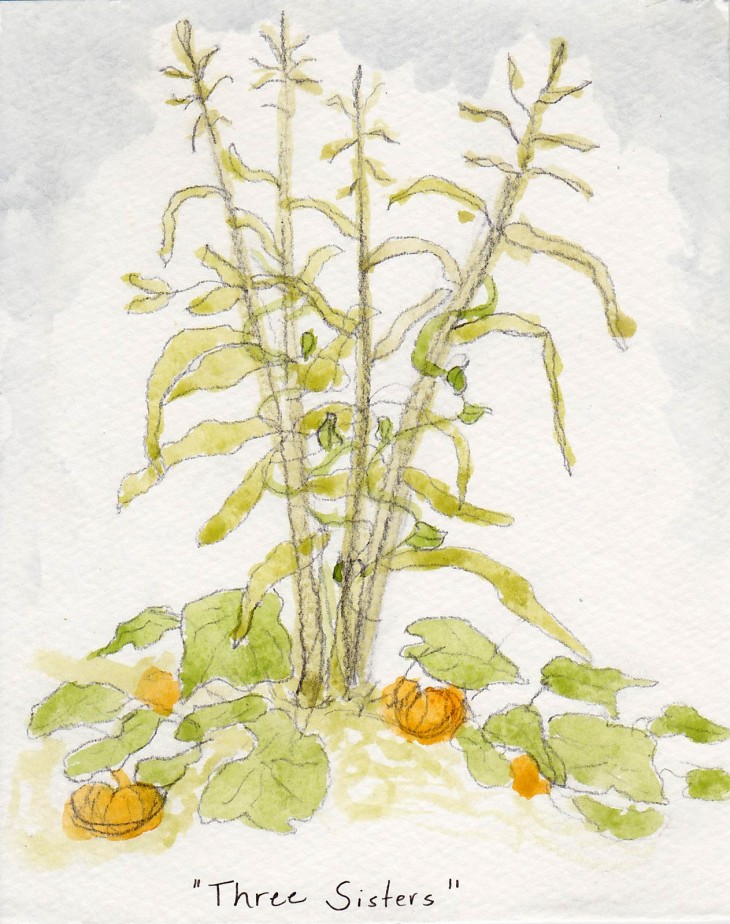
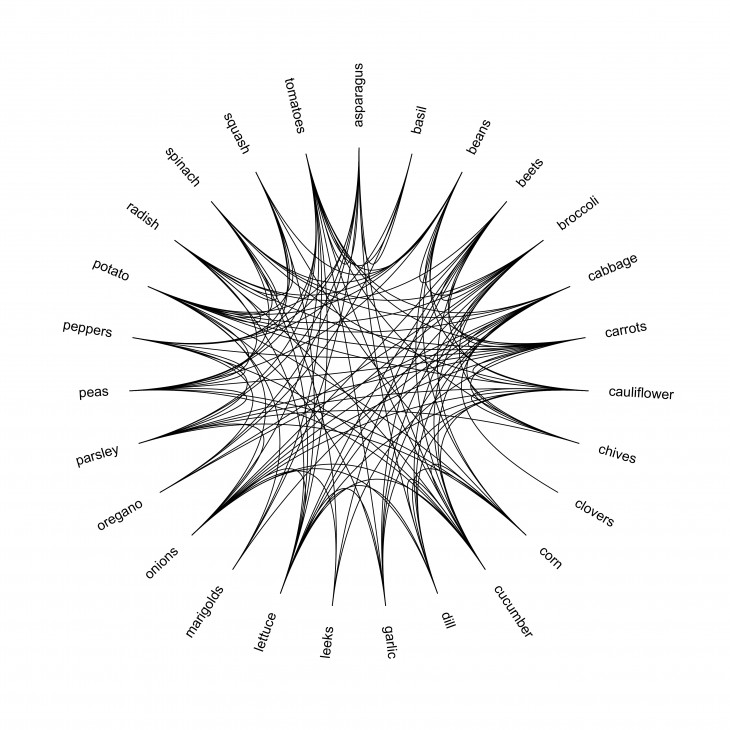
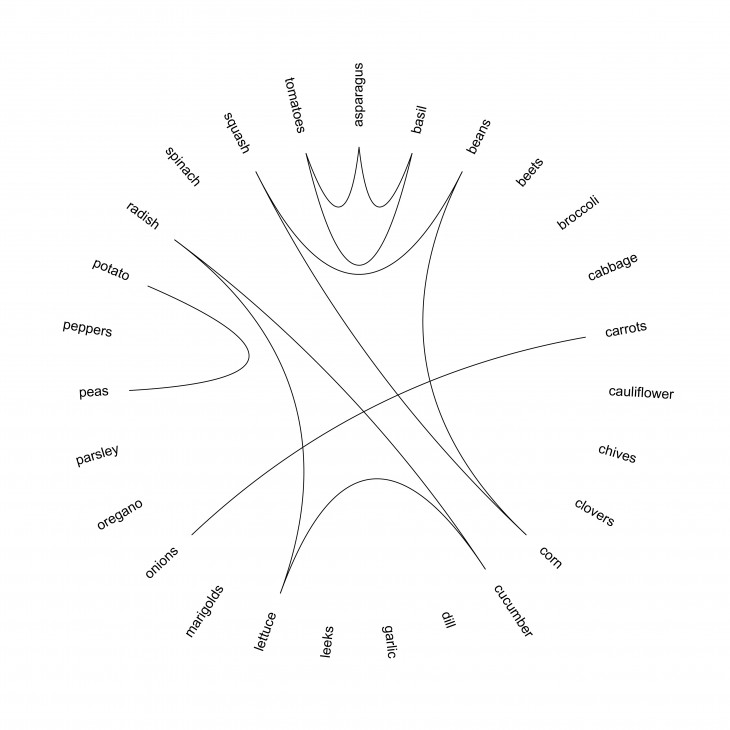

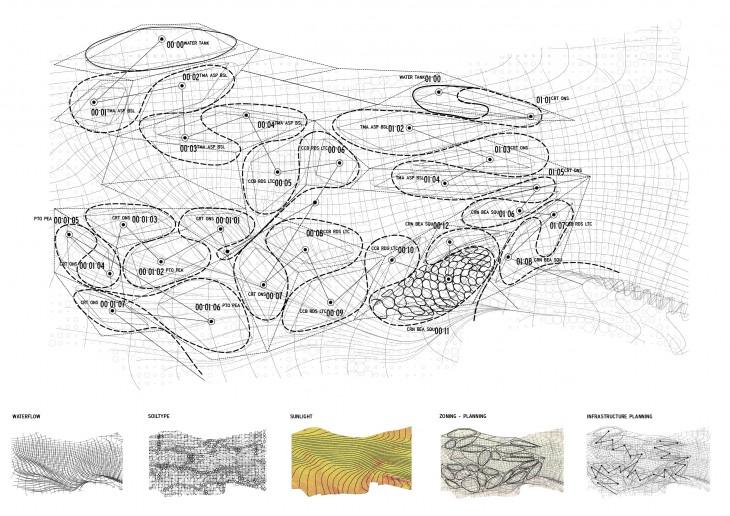
![32 - A1_plan [Converted]-2hqmr](http://legacy.iaacblog.com/maa2014-2015-torre-baro-energy-district-g2/files/2014/12/32-A1_plan-Converted-2hqmr-730x515.jpg)
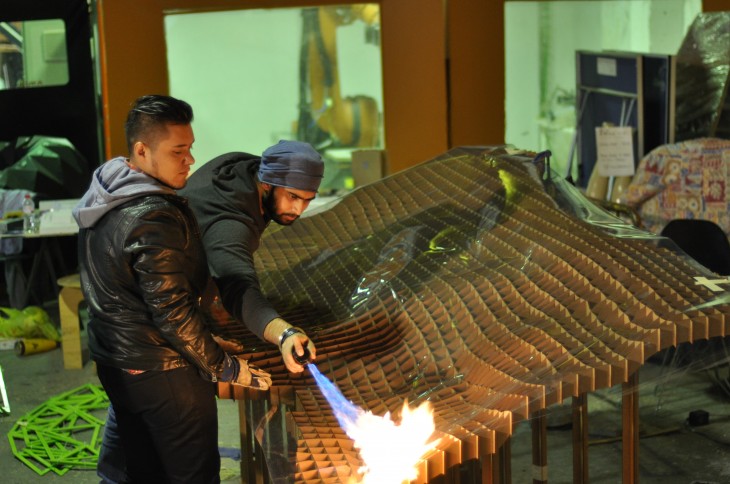
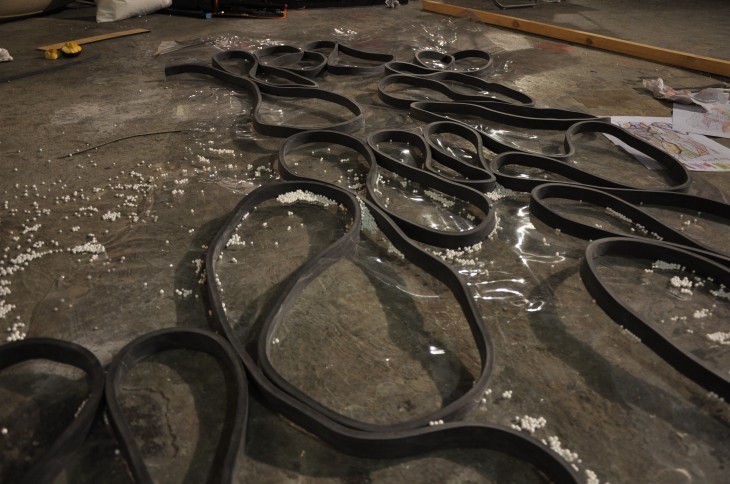

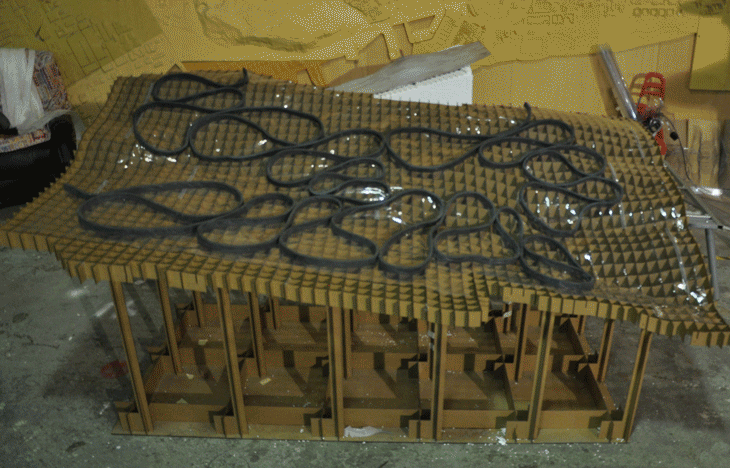
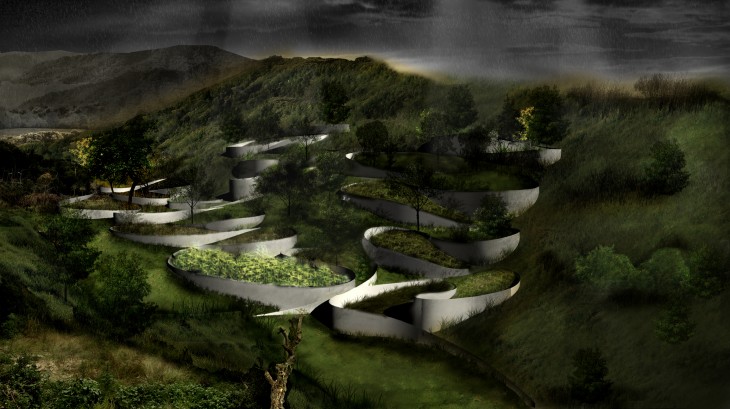
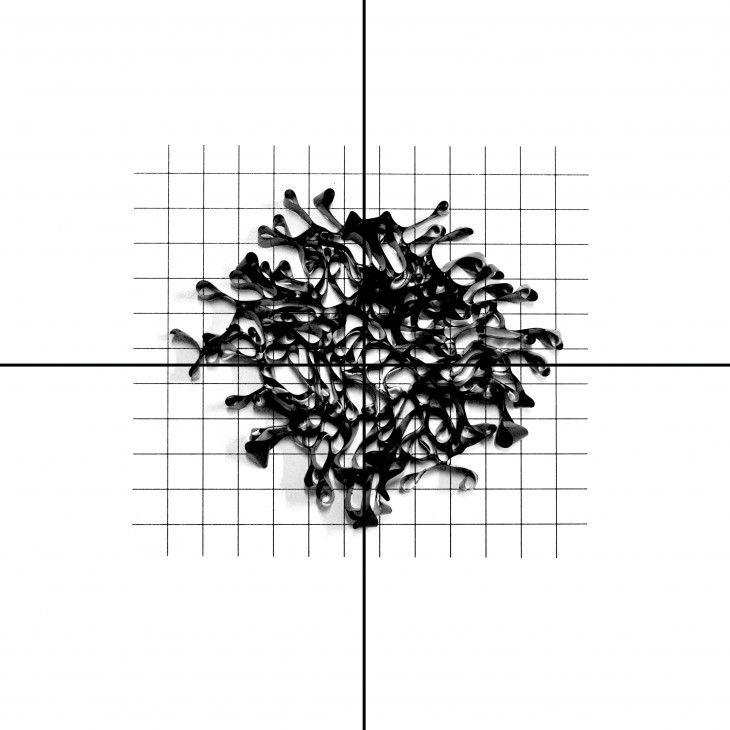
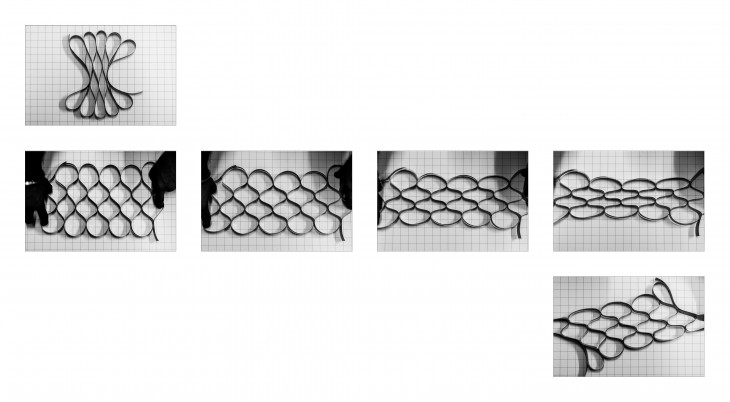




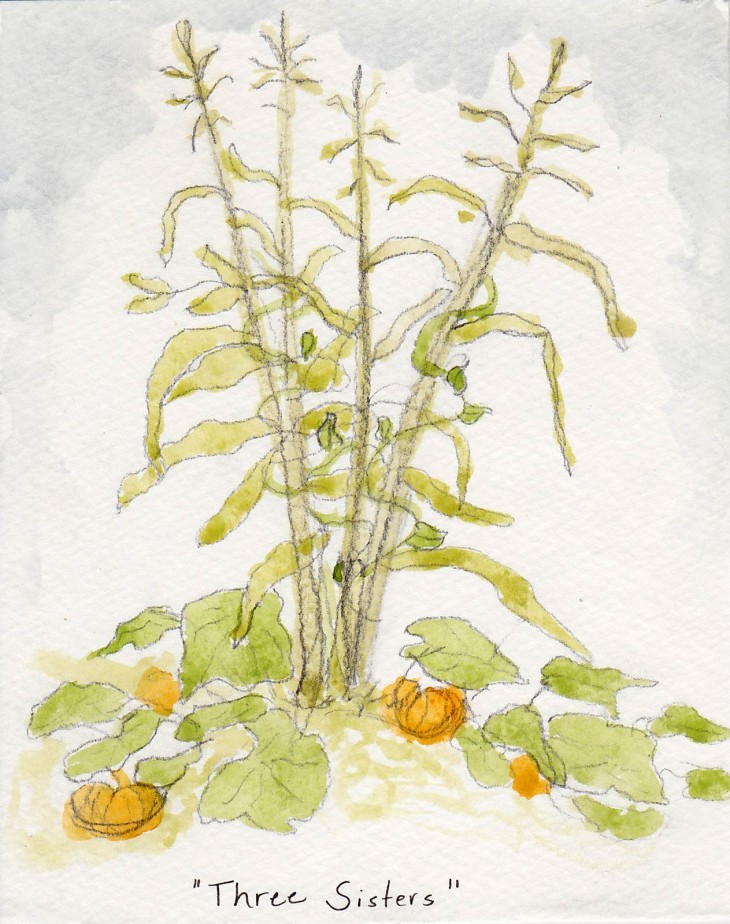
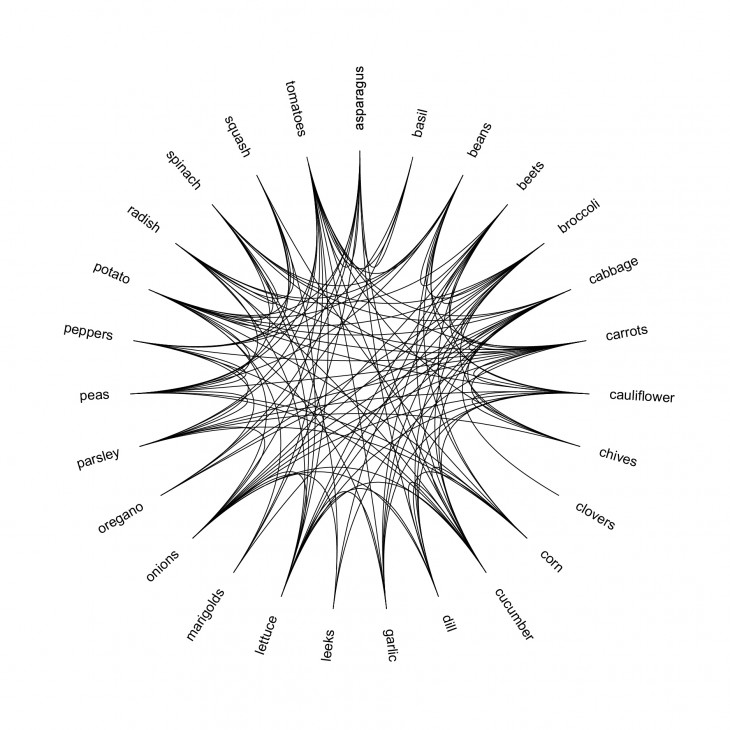
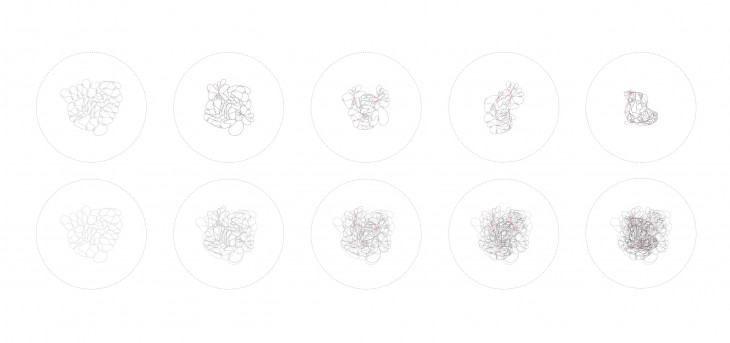
![diagram 2 [Converted]](http://legacy.iaacblog.com/maa2014-2015-torre-baro-energy-district-g2/files/2014/11/10-diagram-2-asya-2014-11-19-hqor-730x381.jpg)